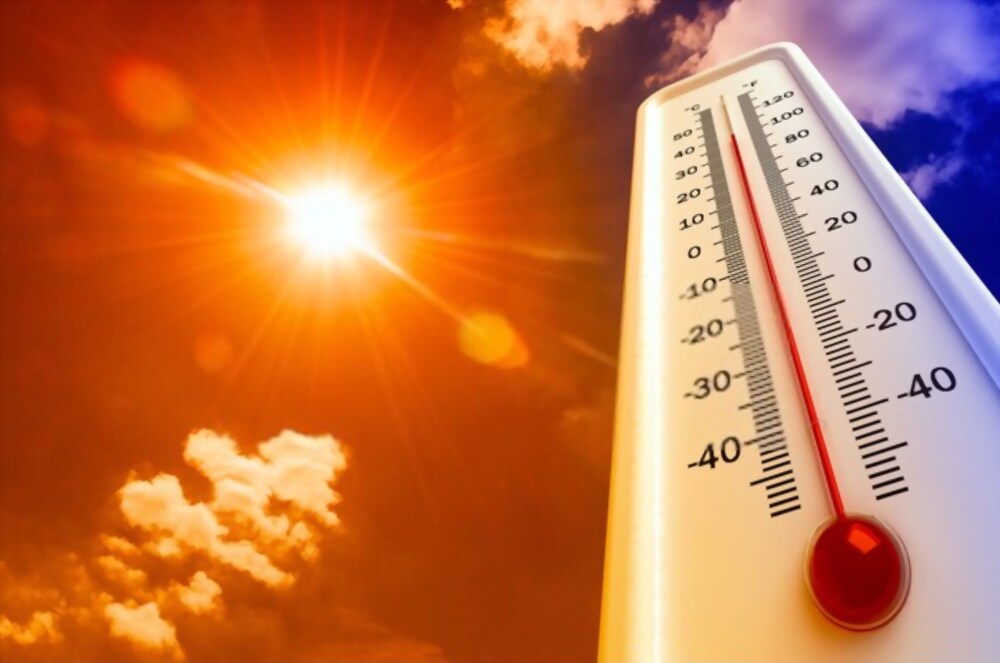Weather is nothing, but it defines the different conditions of the environment atmosphere in a very short time for example if you want to know the information of current day temperature you can know by different types of equipment that are specially prepared for it.
Even you can know last year’s weather conditions and even week wise. The climate will define the average conditions for a long time. If you want to know the weather conditions, the main thing you need to know about temperature is the primary factor we use. Even you can know today’s temperature.
If you step outside, you will experience several factors of weather. Humidity, wind speed & direction, air temperature & pressure, cloud cover & type, and the form of different precipitation are some of the atmospheric characteristics which we call as to weather conditions.
Everyone knows the sun is one that is ultimately effective for the climate because it rays differently by water surface and land.
Temperature defines in the form of degree that specifically describes coldness as well as hotness of the different weather conditions on some preferred scale. It is measured in Fahrenheit and Celsius. To know the weather condition temperature is the main factor in deciding the specific weather because it impacts other components of the climate.
The temperature will be influenced by:
- Latitude
- Sunshine
- Altitude
- Sea Proximity & Temperature
- Aspect
- Prevailing Winds
- Ocean Currents
Latitude:
It has a large distance from the location to the equator. When it comes to the hottest temperatures will be found on Earth that is near this equator. It happens because that sun shines most probably directly on that for a long time which you can’t find anywhere else. If you move away from that specific equator and the poles, you may receive less sun in that specific year, also the temperature converts to colder.
Sunshine:
The sunshine will influence the temperature at a specific location. The sunshine will be measured only at the time, in sunshine hours. It may be worked out through long hours in the daylight, also whereby these are cloud-free. It remains variable because of daylight hours, during the deep night when sunshine will be not there as that Earth is facing away from the specific sun at a particularly given spot. Furthermore, due to these Earth’s tilt, most of the times in a year have infinite sunshine and less in the winter season.
Altitude:
This altitude remains high if you are at over sea level. If you are in higher locations, then there will be a lower temperature. Because it is due to the air remaining higher may be dense to less towards the lower altitudes, as well as air temperature that depends above its density. Being a general rule during every 1,000m higher, the temperature will decrease to 6.5 °C.
Sea Proximity and Temperature:
If you see the sea temperature will change slower compared to land temperature. When the climate on land remains with droplets, then that area may be the next to one of the specific seas that keeps warmer as longer compared to areas near inland. Islands have a limited dramatic climate compared to continents. Many seas have relevant temperatures, hence enabling one side island with different temperatures.
Ocean Currents:
Well, currents are formed by the common winds that pass across the ocean. Hence, winds that blow from the area tropical may bring vice versa and warm currents. The current temperature also influences the air humidity above it. Warm currents receive higher humidity compared to cold currents.
These are some of the different weathers at different locations with varying temperatures. You can also know today’s maximum and minimum temperature of the climate if you want according to your location.
